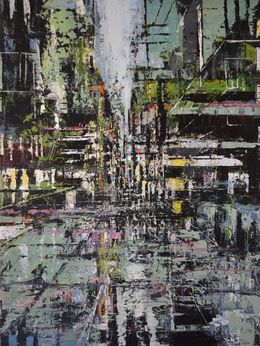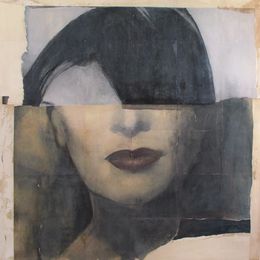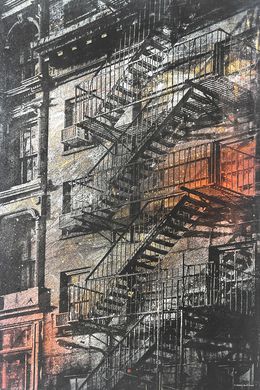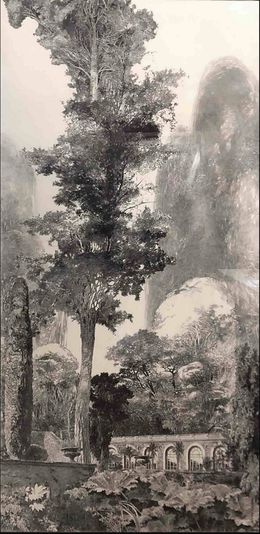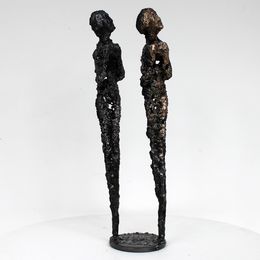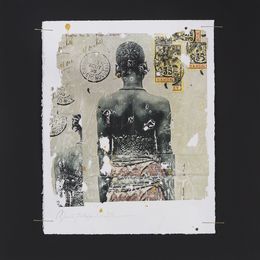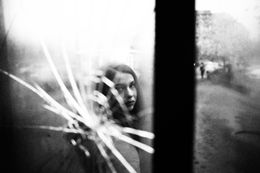
Meet Tabish Khan: the art critic on a mission to make fine art accessible to all

Part of Tabish's personal art collection © James Drury
Art critic Tabish Khan is committed to making art more accessible. Despite his unconventional pathway into the art world, Tabish has now cemented his position at the forefront of the London art scene, reviewing hundreds of exhibitions a year for his audiences. Join us as we talk about his career, his favorite exhibitions, and the future of art!
1. Welcome Tabish! Your career has taken many different turns from a degree in biomedical science and working in the energy industry. What appeals to you most about being an art critic?
I feel very privileged to have what I consider to be the best job in the world as an art critic. It gives me the opportunity to see amazing exhibitions, meet impressive artists and art professionals, and use my platforms to help others engage with art - including those who have no background in art.
I discovered art in my late twenties through advertisements on the London Underground and now over ten years later my reviews occasionally appear on those same posters. It's great to see my story come full circle and I want my writing to help those who know nothing about art, like I once did, to embrace and enjoy it.
One of the great privileges is to write about artists in their early career and to then see them go on to be successful in terms of sales, exhibitions and commissions. I also see some of the biggest museum blockbuster exhibitions by myself before it opens to the public, and it's a real treat to have sensational masterpieces to myself without the crowds.
2. Social media is pervasive in contemporary society. How do you think it has changed the way we consume art?
There are lots of positives to social media as it allows any of us to see hundreds of artists without relying on traditional gatekeepers such as galleries and curators to draw them to our attention. It's been wonderful for democratizing art and granting visibility to so many artists - a great example is the artist support pledge on Instagram that allowed artists to continue to sell during the pandemic. It also lets us see art in countries we can't travel to and for those who don't live near or can't travel to galleries to experience art.
There's also a lot of downsides as artists who don't have the eye-catching colours and visuals that social media platforms are tailored for, tend to struggle. It's also highly addictive and it's easy to let it control your life, rather than using it as the tool that it is.
Though without social media it's highly likely I would never have become an art critic as that's where I've gained my largest audience and so overall I think it's been a major force for good.
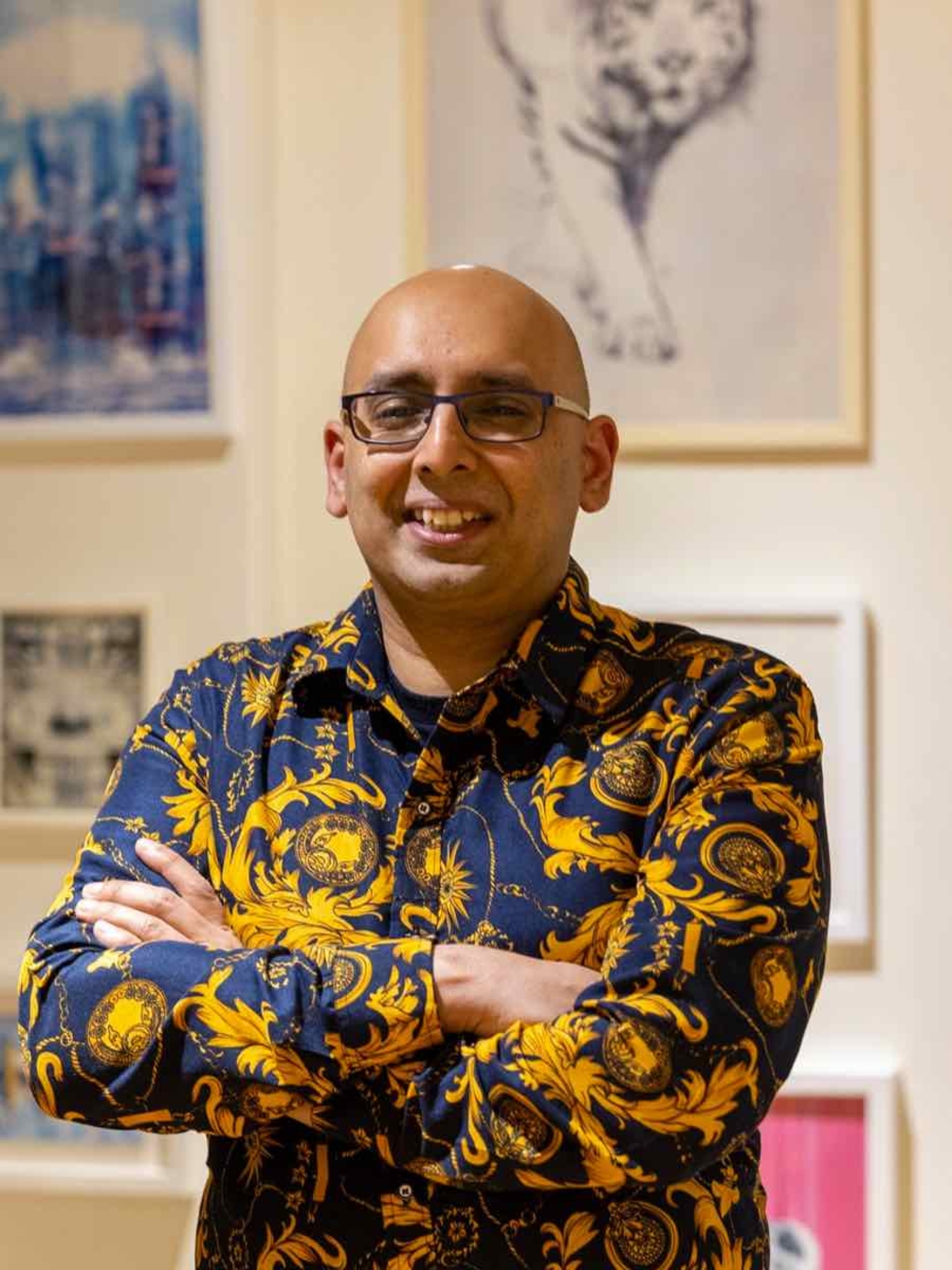

Left to right: Portrait of Tabish in his home, Tabish viewing his personal art collection © James Drury
3. In your opinion, what are the characteristics of a good exhibition? Is there any advice you would give to a burgeoning curator?
This is very hard to define given how subjective art is. In terms of curation I consider the key is to present the artworks in a way that people can identify with the work, and provide the context to allow those with no prior experience of the artist to engage with the work as fully as possible.
One of my personal bugbears is artspeak so doing away with it is always a good idea. We don't need dense texts with words like 'liminal' or 'ontological' in them, they only serve to alienate art from most people and convince people that art isn't for them.
4. Art is indeed highly subjective. How do you remain objective in your reviews?
It's very hard. I'd be arrogant to assume how hungry or tired I am has no bearing on what I think of art. I'm also aware of art fatigue setting in when I've seen dozens of artworks in a day and therefore there's a higher bar for an artwork to reach to make an impact on me later in the day.
With all these challenges I try to place myself in my viewers' shoes and see what they're likely to get out of the exhibition and whether it's worth recommending. Though it's still highly subjective, my personal preference will undoubtedly be a deciding factor in how I review an exhibition.
Part of seeing a lot of exhibitions is that I inevitably see art that doesn't resonate with me. Given we're spoilt for choice in exhibitions in London I only write about the shows my readers are going to want to see. The exception being a major blockbuster exhibition at an institution like Tate Modern or Royal Academy of Arts where ticket prices can be expensive, so my readers will be looking for advice on whether to go or not. In those instances there is a value to negative criticism to inform the reader.

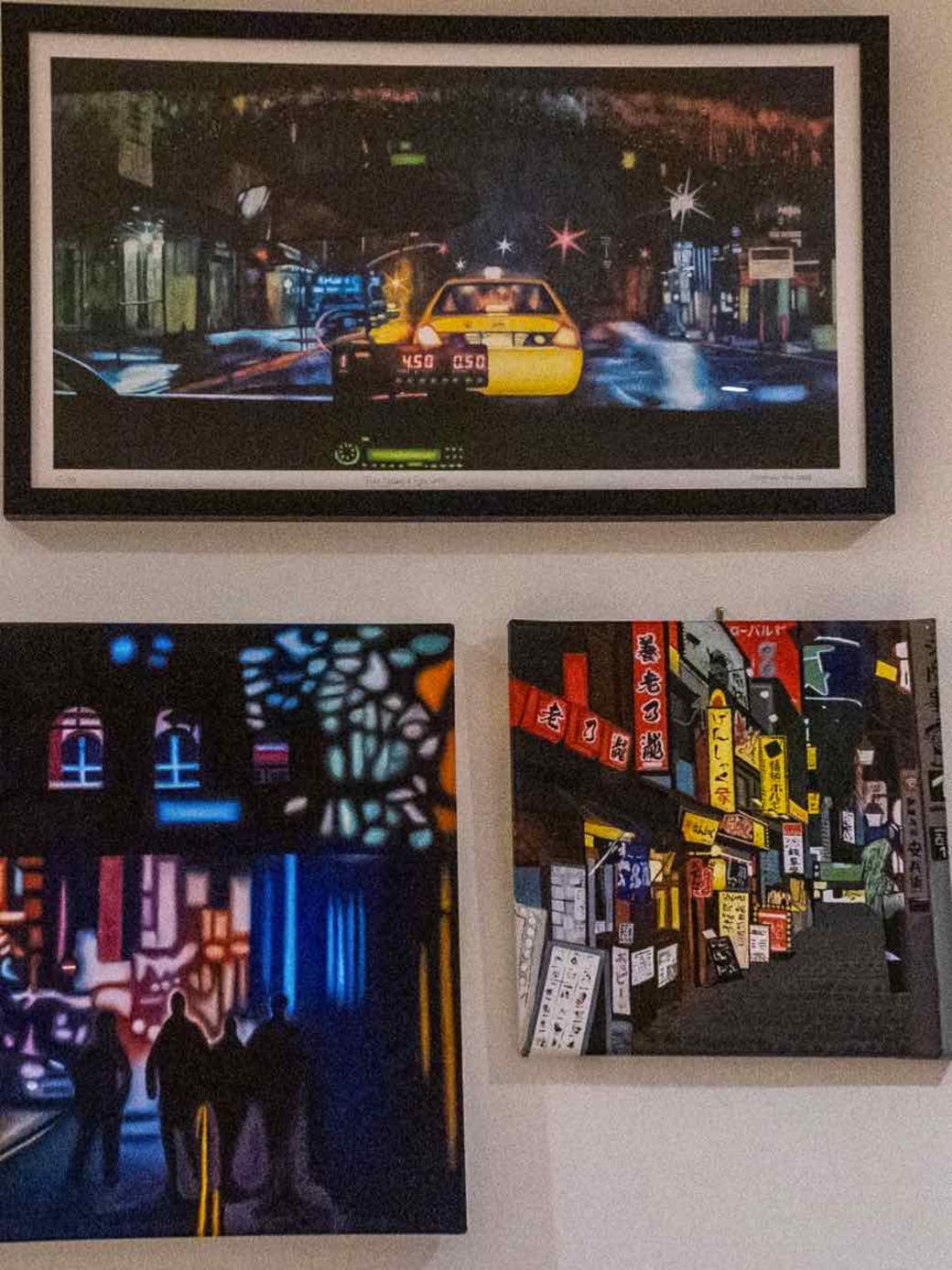
Images of Tabish's art collection © James Drury
5. Has there been an exhibition that has particularly stood out to you recently?
There's always amazing exhibitions in London at any time and right now I highly rate the Berthe Morisot exhibition at Dulwich Picture Gallery. She was a founding member of Impressionism and I've only seen single works by her, and in a show dedicated to her we see what a brilliant painter she was.
I also highly rate the Mike Nelson exhibition at Hayward Gallery. It's got immersive and interactive elements to it and a lot of ideas and conceptual depth to it so you can engage on whatever level you want to – whether it's contemplating the impacts of history on the world today or wandering through a structure that appears to have a never-ending set of rooms.
6. Lastly, where do you think the future of art lies?
Art is ever evolving so I have no idea what will happen in the future but I can put forward some guesses. We are rightly more focussed on sustainability and while this does appear in a lot of artists' practices it's not reflected too much in the wider commercial art world where people regularly travel long distances for art fairs and packaging isn't very sustainable either. It's a tricky one as such a large part of art is reliant on art fairs that a viable alternative model hasn't appeared yet - but there must be a clever option out there to address this.
Virtual galleries picked up massively during lockdown and then swung back down after the pandemic as everyone ran to embrace art in the flesh. However, I do think the virtual element of art will continue to grow and technology for showcasing art gets better every year.
Artificial intelligence generated art is the latest arrival to shake things up and I'm also intrigued as to how that will evolve and whether there's space for it to operate alongside human artists.
Short answer - I have no idea, but I'm looking forward to it.
Their favorite artworks



